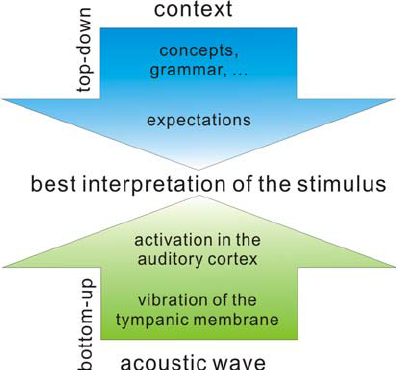TOEIC Preparation - Week 3 - Part 2 Questions and Answers
Warm Up: You saw that Knock Knock Jokes are a very common style of jokes in English that involve similar sounding words. To tell a knock knock joke, you must pretend that you are knocking on a person's door. The knock knock joke always follows the same pattern.
- Joke Teller: "Knock Knock"
- Listener: "Who's there?"
- Joke Teller: "X"
- Listener: "X who?"
- Joke Teller: ...THIS IS "SUPPOSED TO BE" THE FUNNY PART
With your partners take turns clicking on the links and telling your knock knock jokes. You do NOT need to share your screen for this activity. If someone does not understand the joke, you can say it again. If nobody understands the joke, write down the number so you can discuss it with your teacher later.
Knock-Knock Jokes
- Joke 1: Click Here
- Joke 2: Click Here
- Joke 3: Click Here
- Joke 4: Click Here
- Joke 5: Click Here
- Joke 6: Click Here
- Joke 7: Click Here
- Joke 8: Click Here
- Joke 9: Click Here
- Joke 10: Click Here
- Joke 11: Click Here
- Joke 12: Click Here
- Joke 13: Click Here
- Joke 14: Click Here
Task 1: Identify Common Distractor Types
One of the most common distractor types in Parts 1 and 2 of the test are the use of similar sounding words. In this exercise you will practice identifying words that rhyme. On the top of page 19 in your anthology, draw the same shape around each of the words that rhyme. In the final column, you need to make your own symbol or letter system to identify the categories of rhyming words.
Click to see full size image
Task 2: To practice some of the common distractor types for Part 1 of the test, draw a line to connect items from the three columns (Type, Description, Example) on the bottom of page 19 in your anthology.
Click to see full size image
What is the Question Asking?
Introduction: The biggest strategy for Part 2 is to pay very close attention to what the question is asking. Once you know that the question is asking about a person, place, time, etc., it will be much easier for you to identify which responses are appropriate and which are not. The graphic below contains some common question categories.
Click to view full size.
Task 3: Make two teams, A and B. For the first round, Team A is going to CLICK HERE. Team B should NOT look at it! Team A is going to read some different questions and Team B will quickly say what category the question belongs in.
Task 4: Now it's time for Team B to read the questions and Team A to categorize them. Team B is going to CLICK HERE. Team A should NOT look at it!
Task 5: Now both teams are going to take turns playing another quick thinking game. Team A says the name of a student from Team B and then reads one of their original questions. The student on Team B needs to respond to the question with a socially appropriate answer. Then Team B calls the name of a student from Team A and reads a question. The idea is to see how quickly you can do this!
Book Exercises
Page 6 - Task A
Click to see full version.
Question Analysis
Instructions: Click your group link below. You will see 10 prompts. For each one, you need do the following:
- Idenitfy what kind of information the question is asking.
- Write a plausible answer to the question.
- Look at the real answer choices and select the best option.
- Classify the two distractors.
- Group 1: CLICK HERE
- Group 2: CLICK HERE
- Group 3: CLICK HERE
- Group 4: CLICK HERE
- Group 5: CLICK HERE
- Group 6: CLICK HERE
Focused Practice
Instructions: Work with your partners to complete some collaborative quizes. Choose the kind of questions you want to focus on below. Remember to check the transcripts after you submit your answers.
- Quiz 1 - WHO - CLICK HERE
- Quiz 2 - WHAT - CLICK HERE
- Quiz 3 - WHEN - CLICK HERE
- Quiz 4 - WHERE - CLICK HERE
- Quiz 5 - WHY - CLICK HERE
- Quiz 6 - HOW - CLICK HERE
- Quiz 7 - YES/NO - CLICK HERE
- Quiz 8 - STATEMENTS - CLICK HERE















.png)



.png)










.png)


.png)
.png)

.png)
.png)
.png)